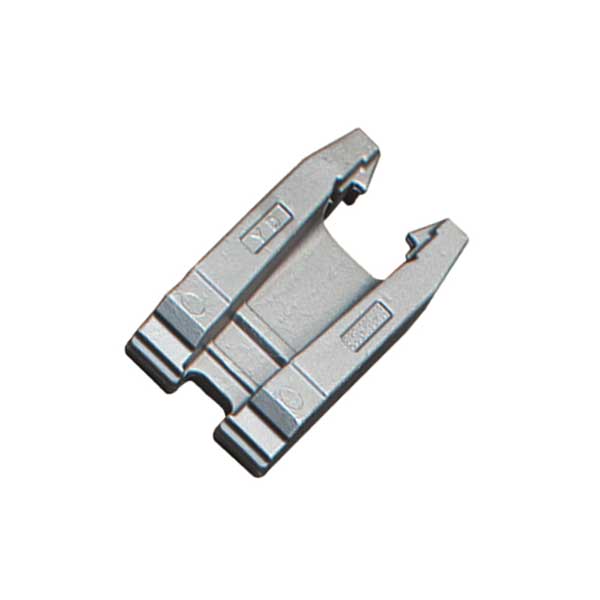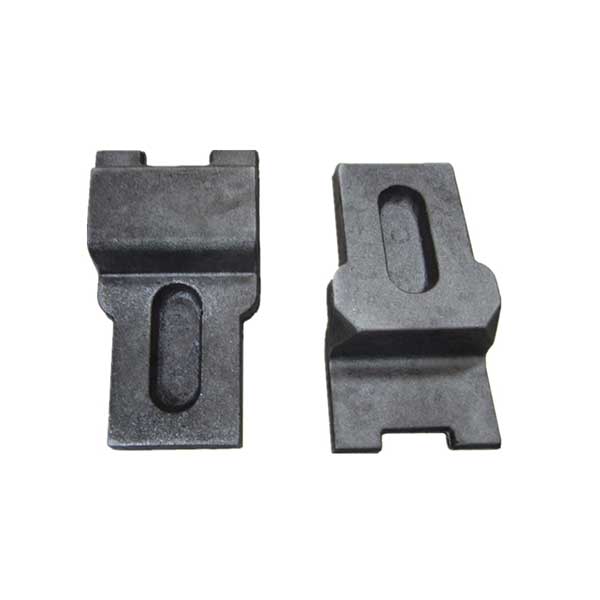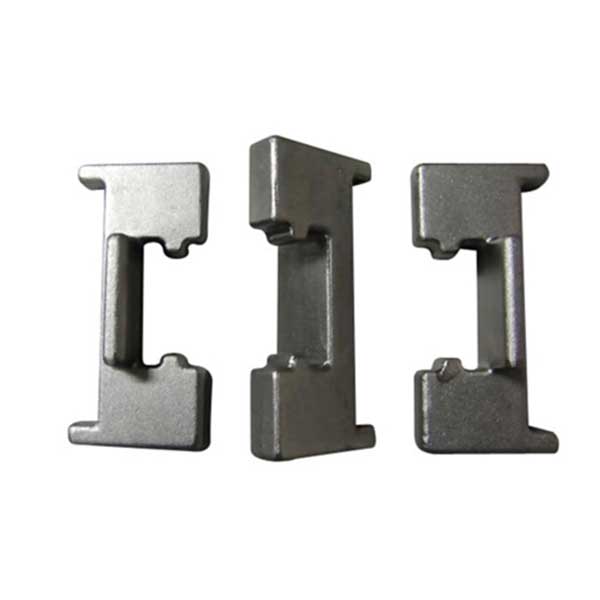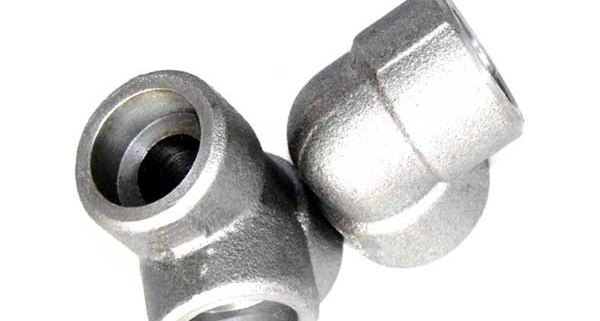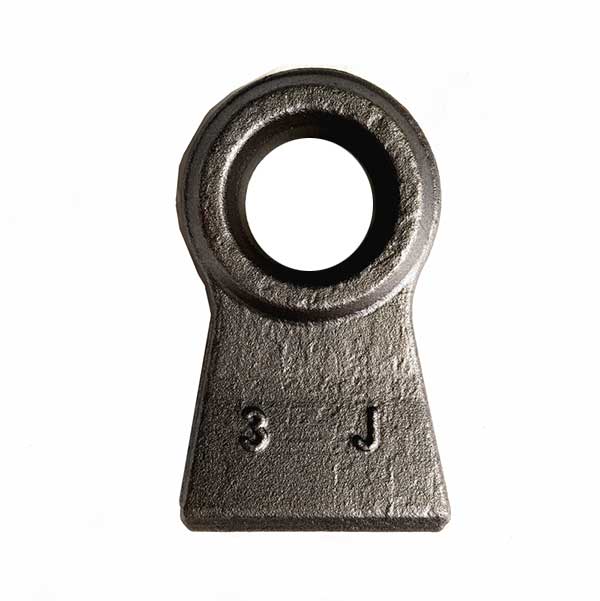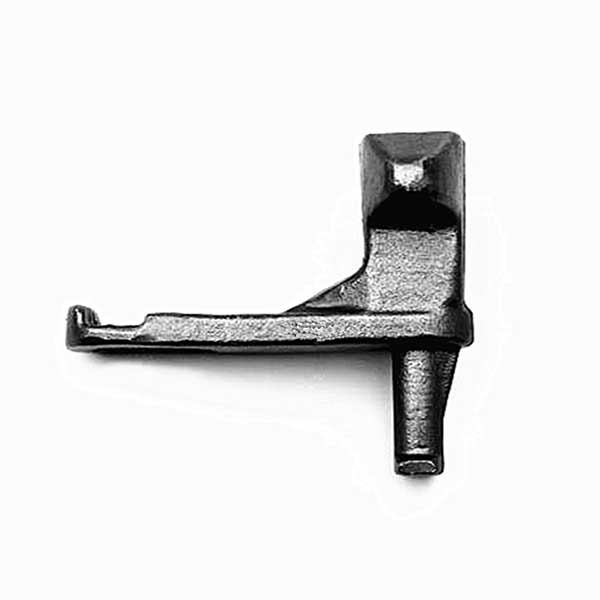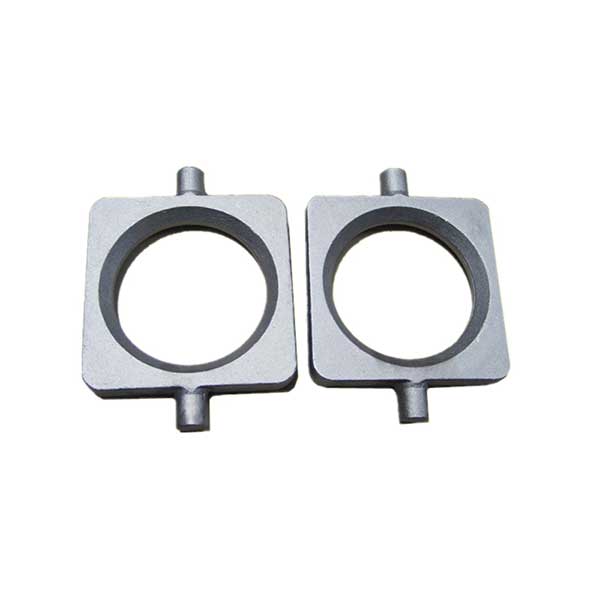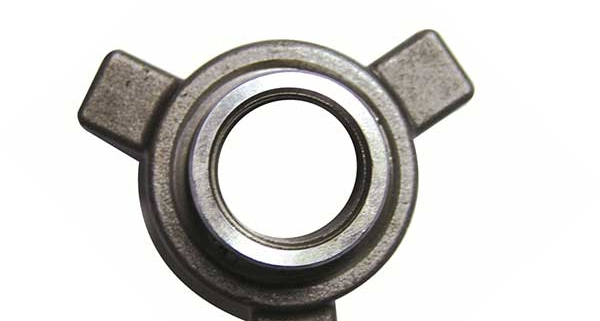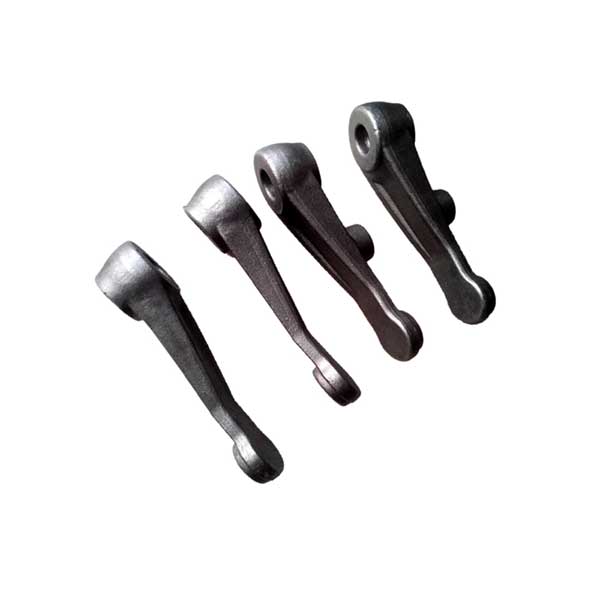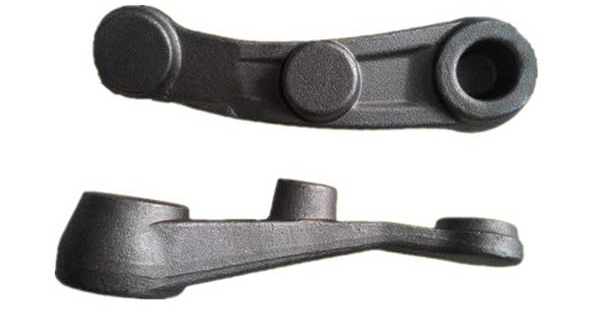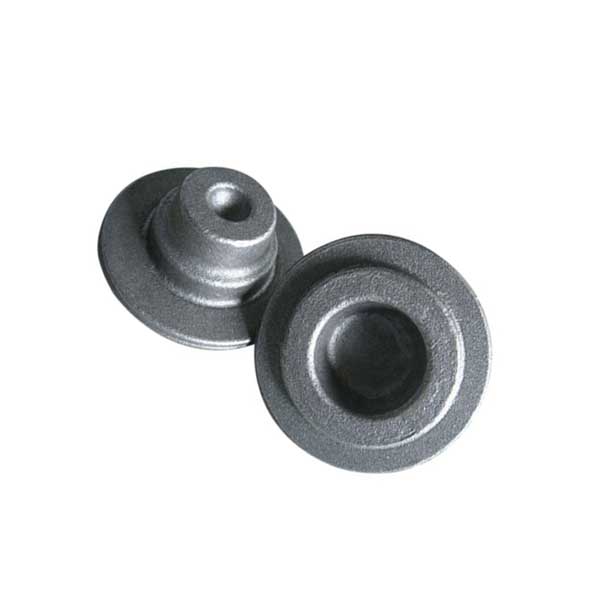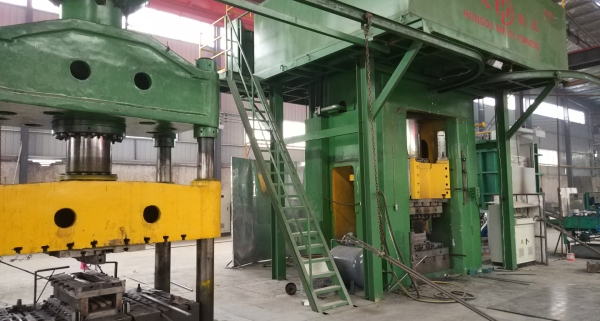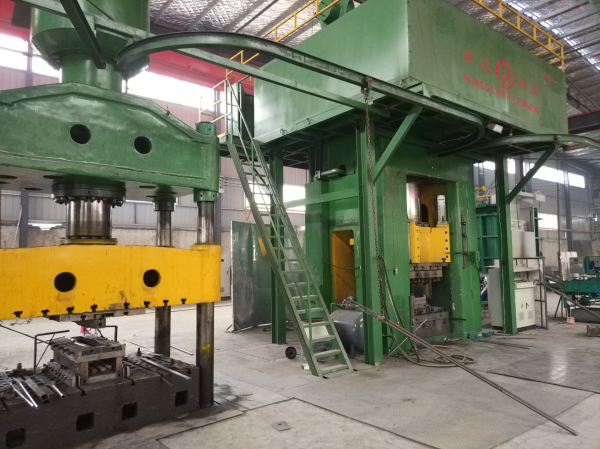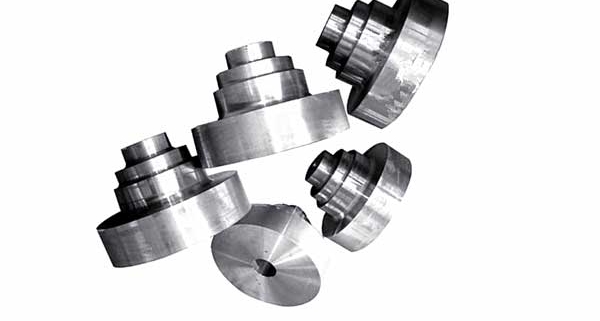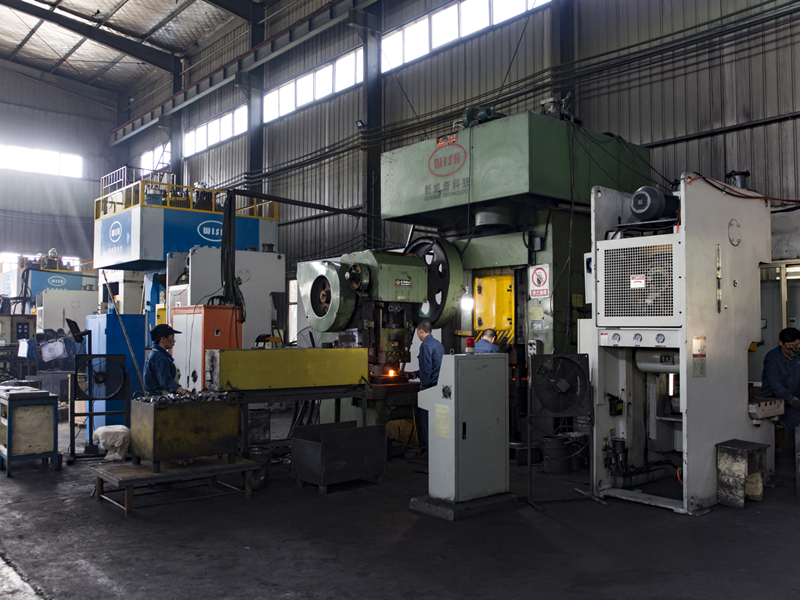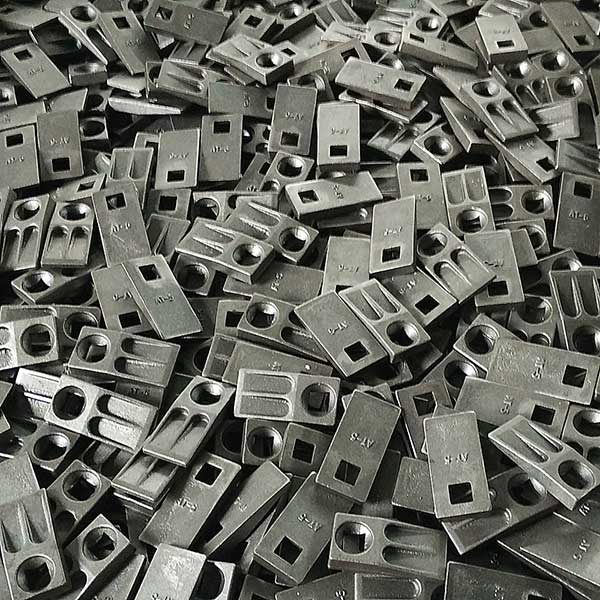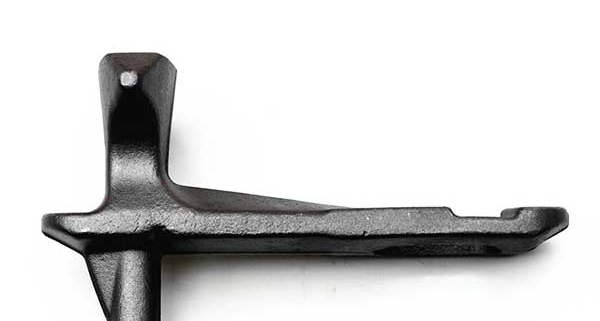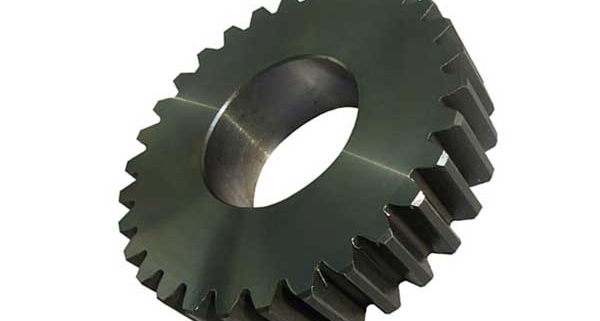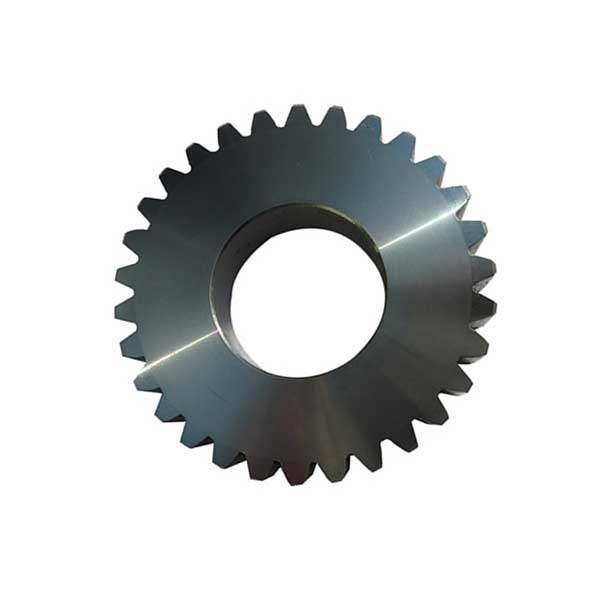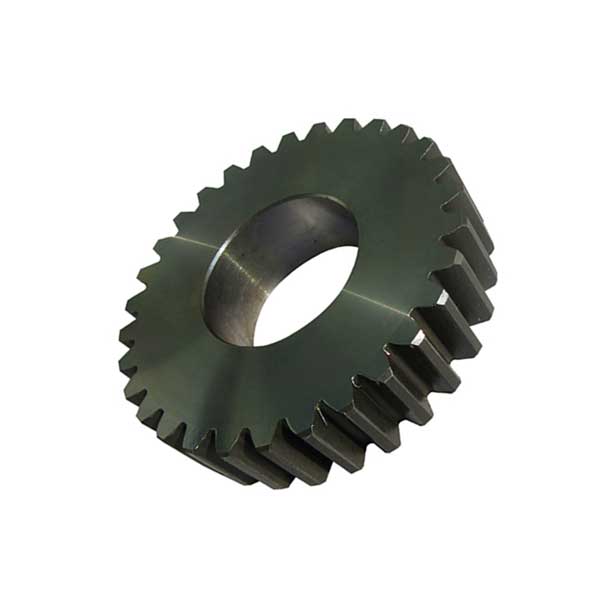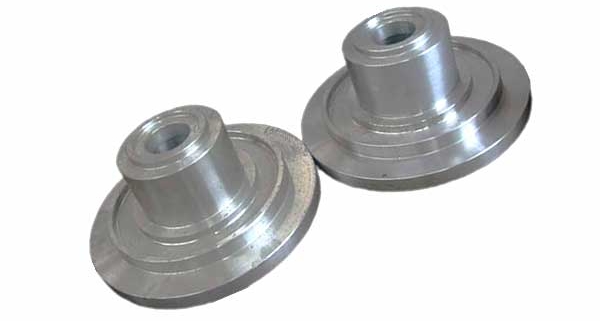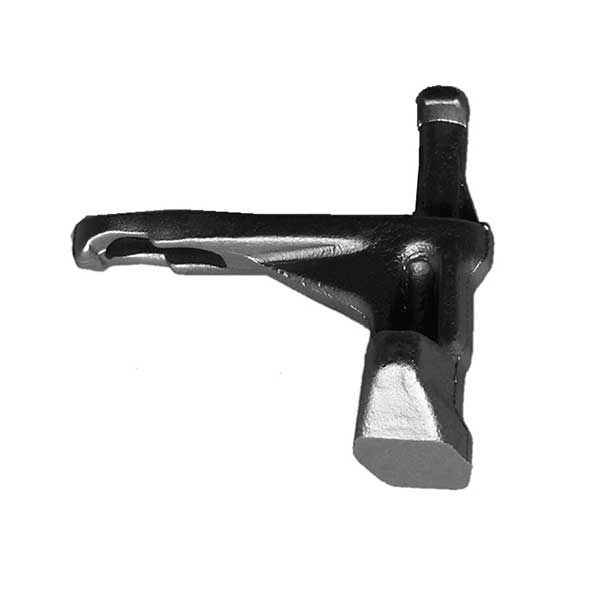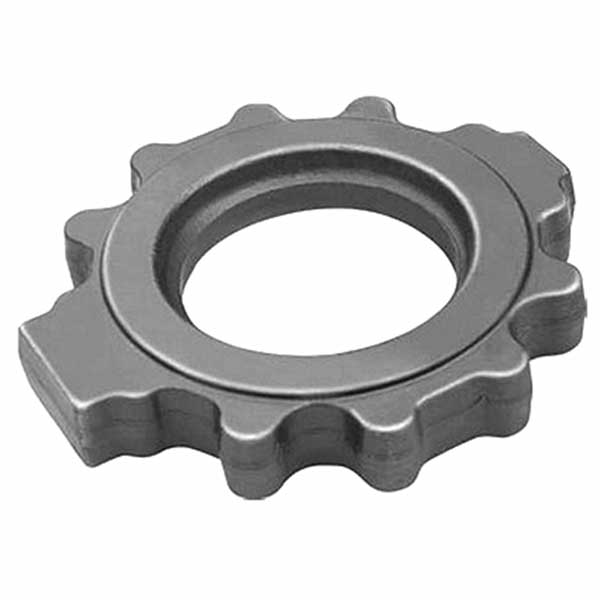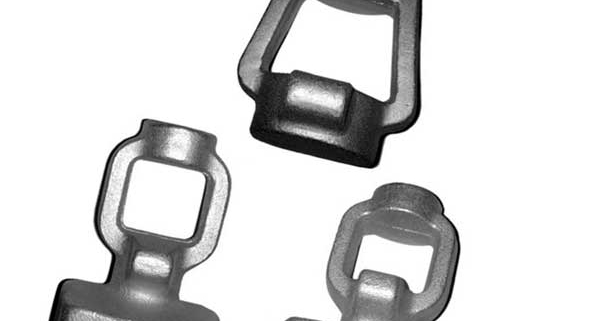In forging production, in addition to ensuring the required shape and size of the forging, it must also meet the performance requirements put forward during the use of the parts, which mainly include: strength index, plastic index, impact toughness, fatigue strength, fracture initial and Stress corrosion resistance, etc. For parts working at high temperature, there are also high temperature instantaneous tensile properties, durable properties, anti-deformation properties and thermal fatigue properties.
Influence of Forging on Metal Microstructure and Properties
The raw materials for forging are ingots, rolled products, extruded products and forging billets. Rolled material, extruded material and forging billet are semi-finished products formed by rolling, extruding and forging of ingots respectively. In forging production, using reasonable process and process parameters, the structure and properties of raw materials can be improved through the following aspects:
1. Break the columnar crystals, improve the macrosegregation, change the as-cast structure to the forged structure, and weld the internal pores under suitable temperature and stress conditions to improve the density of the material;
2. The ingot is forged to form a fibrous structure, and further through rolling, extrusion and die forging, the forgings can obtain a reasonable distribution of fiber directions;
3. Control the size and uniformity of grains;
4. Improve the distribution of the second phase (for example: alloy carbides in ledeburite steel);
5. To make the organization get deformation strengthening or deformation strengthening, etc.
Due to the improvement of the above structure, the plasticity, impact toughness, fatigue strength and durability of the forgings are also improved, and then the required hardness, strength and plasticity of the parts can be obtained through the final heat treatment of the parts. performance.
However, if the quality of the raw materials is poor or the forging process used is unreasonable, forging defects may occur, including surface defects, internal defects or unqualified performance.
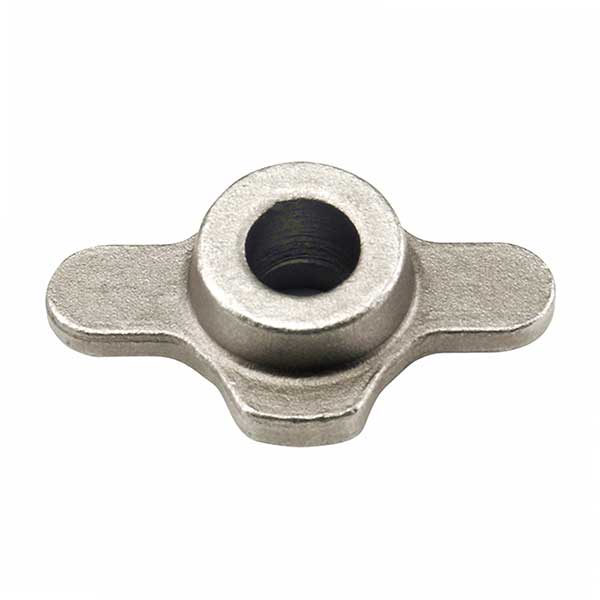
Influence of raw materials on the quality of forgings
The good quality of raw materials is a prerequisite to ensure the quality of forgings. If the raw materials are defective, it will affect the forming process of the forgings and the final quality of the forgings.
If the chemical elements of the raw materials exceed the specified range or the content of impurity elements is too high, it will have a greater impact on the forming and quality of the forgings. Appears hot and crisp. In order to obtain intrinsically fine-grained steel, the residual aluminum content in the steel needs to be controlled within a certain range, such as 0.02% to 0.04% (mass fraction) of A1 acid. If the content is too small, it will not be able to control the grain size, and it is easy to make the essential grain size of the forgings unqualified; if the aluminum content is too much, it is easy to form wood grain fractures under the condition of forming fibrous structure during pressure processing. Tear-shaped fractures, etc. For another example, in austenitic stainless steel, the more n, Si, Al, and Mo are contained, the more anionite phase, the easier it is to form band cracks during forging, and make the parts magnetic.
For example, there are defects such as shrinkage tube residue, subcutaneous foaming, severe carbide segregation, and coarse non-metallic inclusions (slag inclusions) in the raw materials, which are easy to cause cracks in the forgings during forging. Defects such as dendrites, severe porosity, non-metallic inclusions, white spots, oxide films, segregation bands and mixed metals in the raw materials can easily cause the performance of forgings to decline. Surface cracks, folds, scars, and coarse-grained rings of raw materials are likely to cause surface cracks in forgings.
Influence of forging process on the quality of forgings
The forging process generally consists of the following steps, namely blanking, heating, forming, cooling after forging, pickling and heat treatment after forging. If the forging process is improper, a series of forging defects may occur.
The heating process includes furnace loading temperature, heating temperature, heating speed, holding time, furnace gas composition, etc. Improper heating, such as too high heating temperature and too long heating time, will cause defects such as decarburization, overheating, and overburning.
For the bad material with large cross section, poor thermal conductivity and low plasticity, if the heating speed is too fast and the holding time is too short, the temperature distribution will be uneven, thermal stress will be caused, and the forging blank will be cracked.
The forging forming process includes deformation method, deformation degree, deformation temperature, deformation speed, stress state, tool and die condition and lubrication conditions. Overlap, flow through, eddy current, as-cast structure residue, etc.
During the cooling process after forging, if the process is improper, it may cause cooling cracks, white spots, network carbides, etc.
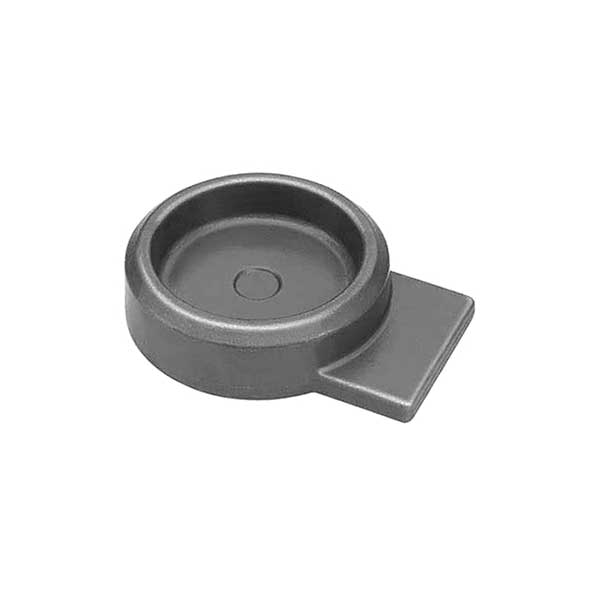
Influence of Forging Microstructure on Microstructure and Properties after Final Heat Treatment
Austenitic and ferritic heat-resistant stainless steels, superalloys, aluminum alloys, magnesium alloys, etc. have no allotropic transformation during the heating and cooling process, as well as some copper alloys and titanium alloys, which are produced during the forging process. The structural defects cannot be improved by heat treatment.
Materials with allotropic transformation during heating and cooling, such as structural steel and martensitic stainless steel, etc., due to some structural defects caused by improper forging process or some defects left over from the original material, the forgings after heat treatment Quality has a big impact. An example is as follows:
1. The microstructure defects of some forgings can be improved during post-forging heat treatment, and satisfactory microstructure and properties can still be obtained after final heat treatment of forgings. For example, coarse grains and Widmandering structures in generally overheated structural steel forgings, hypereutectoid steels and bearing steels with slight network carbides caused by improper cooling, etc.
2. The structural defects of some forgings are difficult to eliminate with normal heat treatment, and can be improved by measures such as high-temperature normalizing, repeated normalizing, low-temperature decomposition, and high-temperature diffusion annealing.
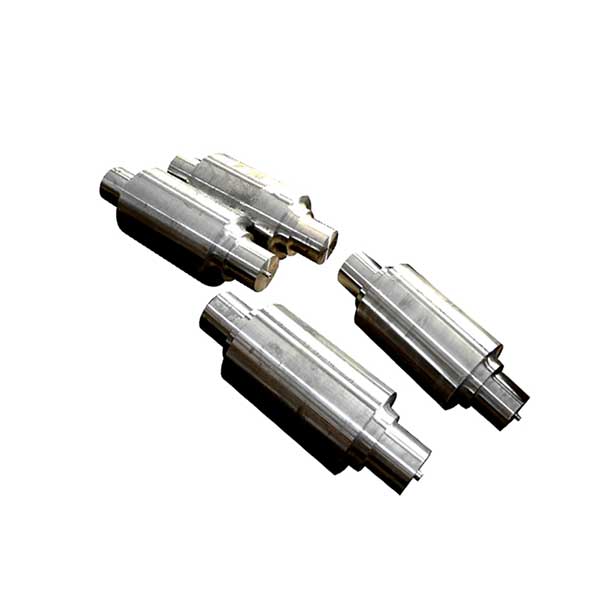
3. The structural defects of some forgings cannot be eliminated by the general heat treatment process, resulting in the performance of the forgings after the final heat treatment being reduced or even unqualified. For example, severe stone fractures and facet fractures, overburning, ferrite strips in stainless steel, carbide meshes and strips in ledeburite high alloy tool steels, etc.
4. The structural defects of some forgings will further develop and even cause cracking during the final heat treatment. For example, if the coarse grain structure in alloy structural steel forgings is not improved during heat treatment after forging, it will often cause coarse martensite and unqualified properties after carbon, nitriding and quenching; material, quenching often causes cracking.
Different forming methods have different stress and strain characteristics due to different stress conditions, so the main defects that may occur are also different. For example, the main defect when the billet is upsetting is the cracks in the longitudinal or 45° direction on the side surface, and the as-cast structure is often left on the upper and lower ends of the upsetting ingot; the main defect when the rectangular section billet is elongated is the transverse crack on the surface and corner cracks, internal diagonal cracks and transverse cracks; the main defects in open die forging are filling, folding and misalignment.
Different types of materials, due to their different compositions and structures, have different microstructure changes and mechanical behaviors during heating, forging and cooling processes. Therefore, when the forging process is not appropriate, the defects that may occur also have their particularities. For example, the defects of ledeburite high alloy tool steel forgings are mainly coarse carbide particles, uneven distribution and cracks, the defects of superalloy forgings are mainly coarse grains and cracks; the defects of austenitic stainless steel forgings are intergranular chromium depletion, The resistance to intergranular corrosion is reduced, ferrite band structure and cracks, etc.; the defects of aluminum alloy forgings are mainly coarse grains, folding, eddy currents, and flow through.
